In September 1822, the two German geologists Alexander von Humboldt and Leopold von Buch visited the village of Predazzo in the valley of Fiemme, Italian Dolomites.
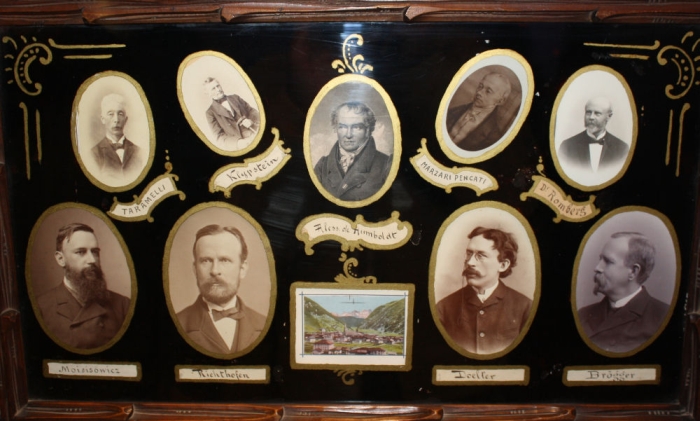
This locality was famous among geologists due to a geological mystery found nearby in the volcanic complex of Predazzo and Monzoni.
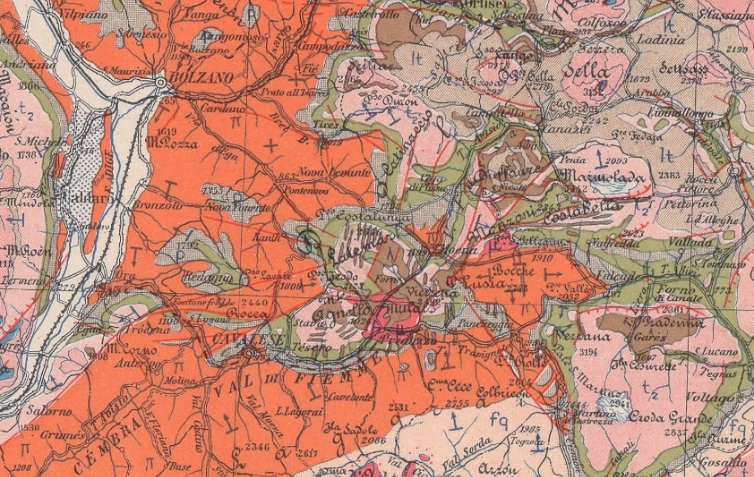
According to Neptunism, a scientific theory very popular at the time among German geologists, all rocks were formed by sedimentation from a primordial sea. Neptunists believed that coarse-grained granite bodies were the first rocks to crystallize, always followed by younger layers of schist and sedimentary rocks. However, near Predazzo a massive granite body covers the layers of limestone and therefore is the younger geological formation. Von Buch explained this puzzling observation as a result of a large landslide, disturbing the order of the rocks, but Humboldt was not convinced by this explanation.
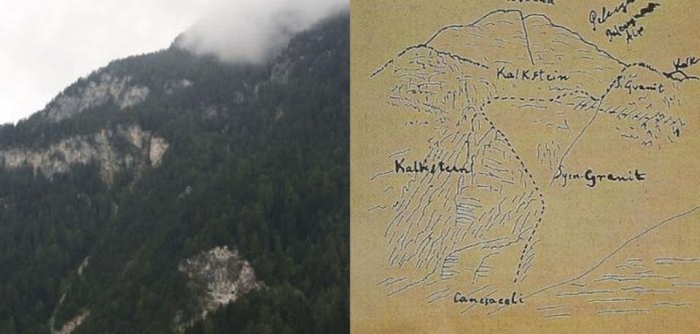
During a five-year long expedition to South America, Humboldt visited and studied many volcanoes. During a stop at the island of Tenerife in June 1799, he climbed the Pico de Teide, the first active volcano Humboldt examined. Humboldt climbed many more volcanoes in the Andes, studied mineral collections and visited mines. He was particularly impressed by the hard work he saw in the silver mines of Peru. Like he did in Germany, the former mining engineer criticized the adopted mining technologies as inadequate, outdated and dangerous for the miners. In November 1801, Humboldt climbed the active volcanoes of Puracé and Paramos of Pasto. Bad weather prevented the ascent to the Galeras. In January 1802, he climbed the Antisana and Cotopaxi, the highest active volcano on Earth. Humboldt climbed and sketched the active Pichincha in Equador. The day after Humboldt’s return, an earthquake hit the nearby city of Quito and Humboldt was suspected of sorcery, awakening the sleeping volcano. Fortunately he was able to convince the locals that the earthquake was not supernatural, but a natural event.
Humboldt returned to Europe in August 1804. A year later he traveled, together with Leopold von Buch and Joseph Louis Gay-Lussac, to Italy. Visiting Naples, the three geologists repeatedly climbed Mount Vesuvius and witnessed the eruption of August 1805.
As a young geology student, Humboldt considered himself a Neptunist. He believed that the fires visible in the crater of an active volcano were fed by large subterranean coal layers. But after observing the active volcanoes in the Andes and Italy, with no coal deposits found nearby, and studying the particular rock types found near Predazzo, Humboldt quickly „converted“ to Plutonism.
Plutonism is named after the Roman god of the underworld. Plutonists believed that volcanism plays a major role in the formtion of rocks. Large chambers of molten magma exist within Earth’s crust. Volcanoes are connected to those magmatic chambers by volcanic conduits and as the magma erupts, it cools quickly and forms the fine-grained lava. If the magma cools slowly, still stuck in the subterranean chambers, it will form an igneous rock with large crystals. Erosion will remove the overlying rocks and expose the crystallized rock as granite. This, so Humboldt, likely happened also near Predazzo.
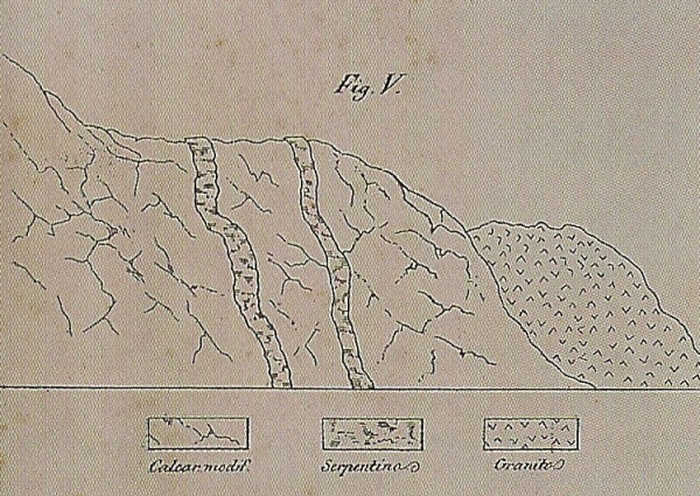
Some 230 million years ago molten magma was injected under great pressure in the older limestone formation, deposited in an ancient sea. The magmatic intrusion and magmatic dikes cut through the limestone, causing the rock succession that baffled 19th-century geologists. Slowly cooling over the ages, the magma solidified and crystallized to form the monzonite-syenite, at the same time the limestone was transformed by the great heat coming from the magma intrusion into predazzite, a sort of marble.
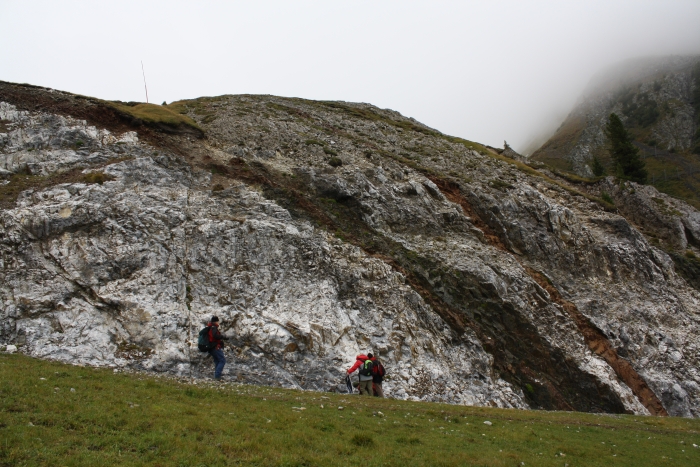
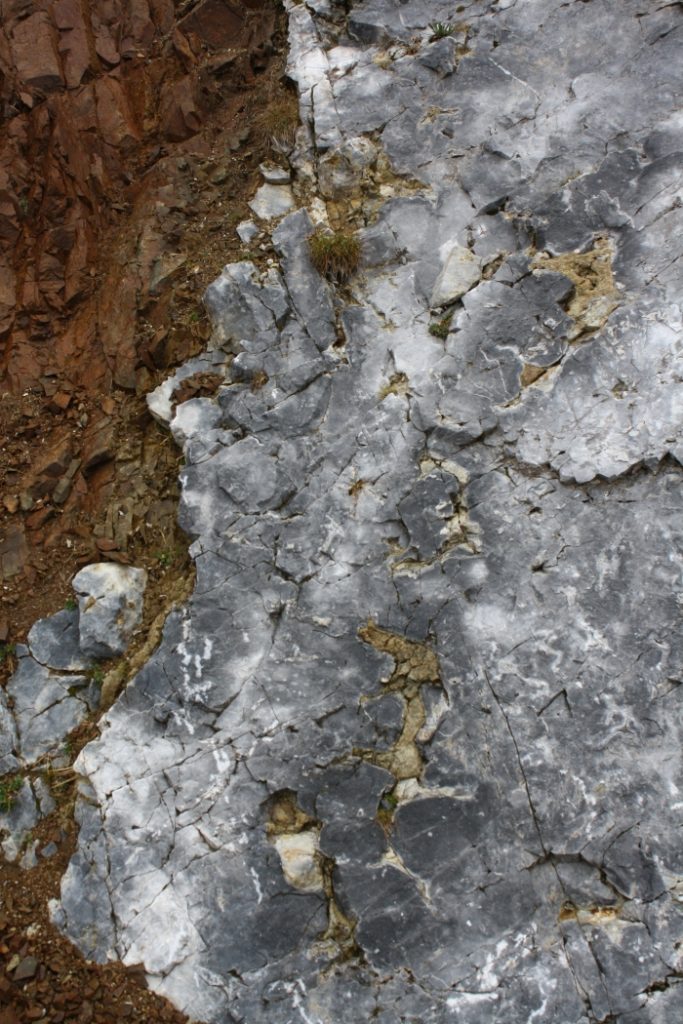
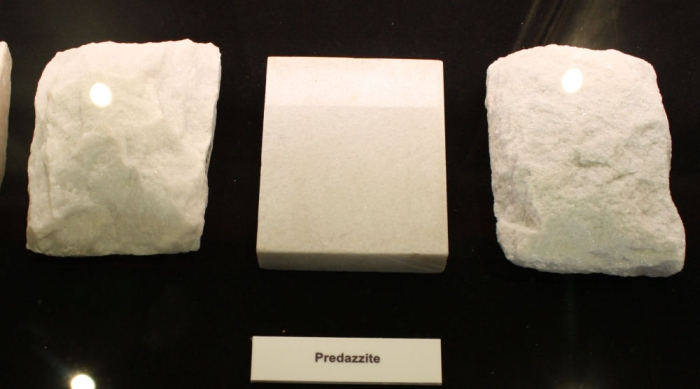
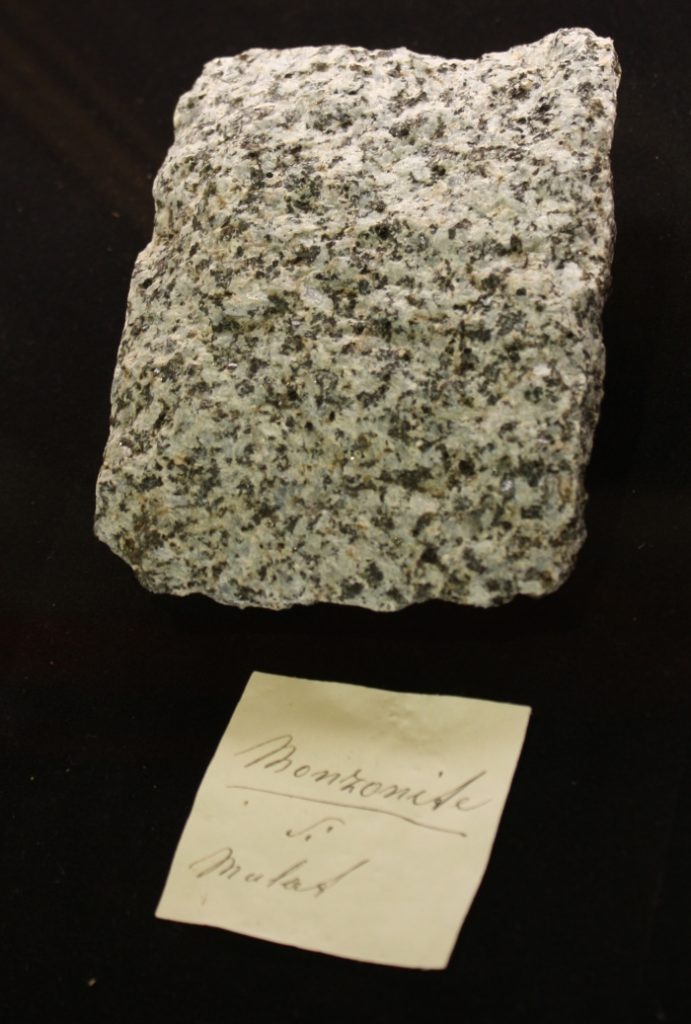
References:
- AVANZINI, M. & WACHTLER, M. (1999): Dolomiti – La storia di una scoperta. Athesia, Bolzano: 150
- DELLANTONIO, E. (1996): Geologia delle Valli di Fiemme e Fassa. Museo Civico „Geologia e Etnografia“ Predazzo: 72
Ein Gedanke zu „Alexander von Humboldt in the Dolomites“
Kommentare sind geschlossen.